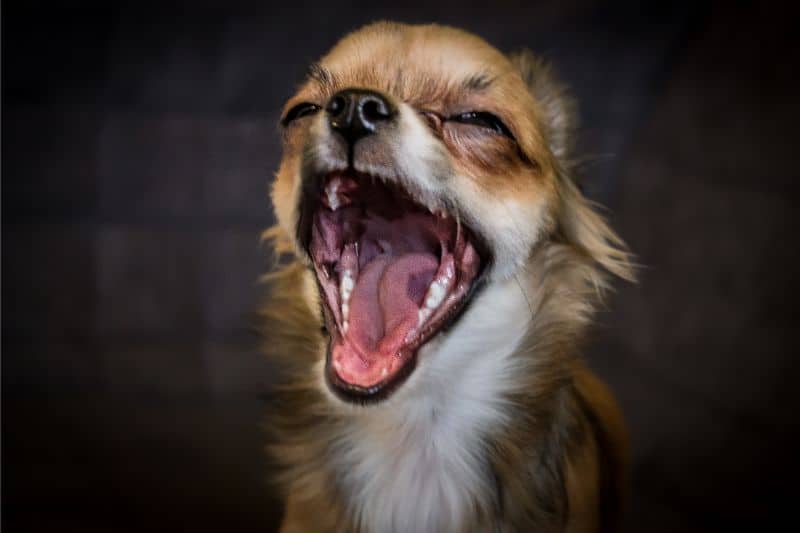Reverse Sneezing: Is My Dog OK?

If you’ve ever witnessed a dog experiencing reverse sneezing, you were probably startled, confused, and alarmed the first time you saw it happen. The unpleasant honking, wheezing, and snorting associated with reverse sneezing can be so disconcerting that some pet owners have rushed their dogs to the emergency hospital because of it.
Fortunately, reverse sneezing is rarely a cause for concern. Because it’s hard not to worry about our sweet pets, the team at Beverly Hills Veterinary Associates is here to make sure our readers understand what reverse sneezing is, how to help, and when to be worried.
Reverse Sneezing 101
Reverse sneezing, also called paroxysmal respiration, is a normal response to an irritation of the soft palate and back of the throat. Similar to regular sneezing, the purpose of reverse sneezing is to attempt to expel whatever may be causing the irritation.
Common irritants to the throat include:
- Excitement
- Pollen
- Foreign bodies
- Mites
- Pulling on the leash
- Exercise intolerance
- Odors (such as perfume)
- Household chemicals
- Viruses
- Post-nasal drip
Brachycephalic (short-nosed) breeds such as pugs and bulldogs, and smaller dogs tend to be more prone to reverse sneezing due to shortened airways.
The Nose Knows
Reverse sneezing in dogs can affect any age or breed, although some dogs only experience it as they get older. Although it’s rarely a medical problem, schedule an appointment with your veterinarian if you notice the sneezing has become more frequent. Allergies, tumors or masses, mites, and foreign bodies such as foxtail awns are possible causes of reverse sneezing that should be treated as soon as possible.
Reverse sneezing in cats should always be checked out by a veterinarian, as it could be a sign of feline asthma which can only be treated with medication and lifestyle adjustments.
Calming Your Pet
Sometimes simply understanding the cause of reverse sneezing doesn’t quite put our minds at ease, after all it is a very unsettling sound! There are a few things you can do to help calm the spasm more quickly, such as:
- Gently massage your dog’s throat to stop the spasm.
- Covering the nostrils will make your dog swallow, clearing out whatever is irritating the throat.
- If the sneezing still continues, try depressing the tongue. This will open up mouth, allowing more air to flow through the nasal passages.
As always, we are here for you at Beverly Hills Veterinary Associates. Please don’t hesitate to contact us with your questions or concerns about your pet.
